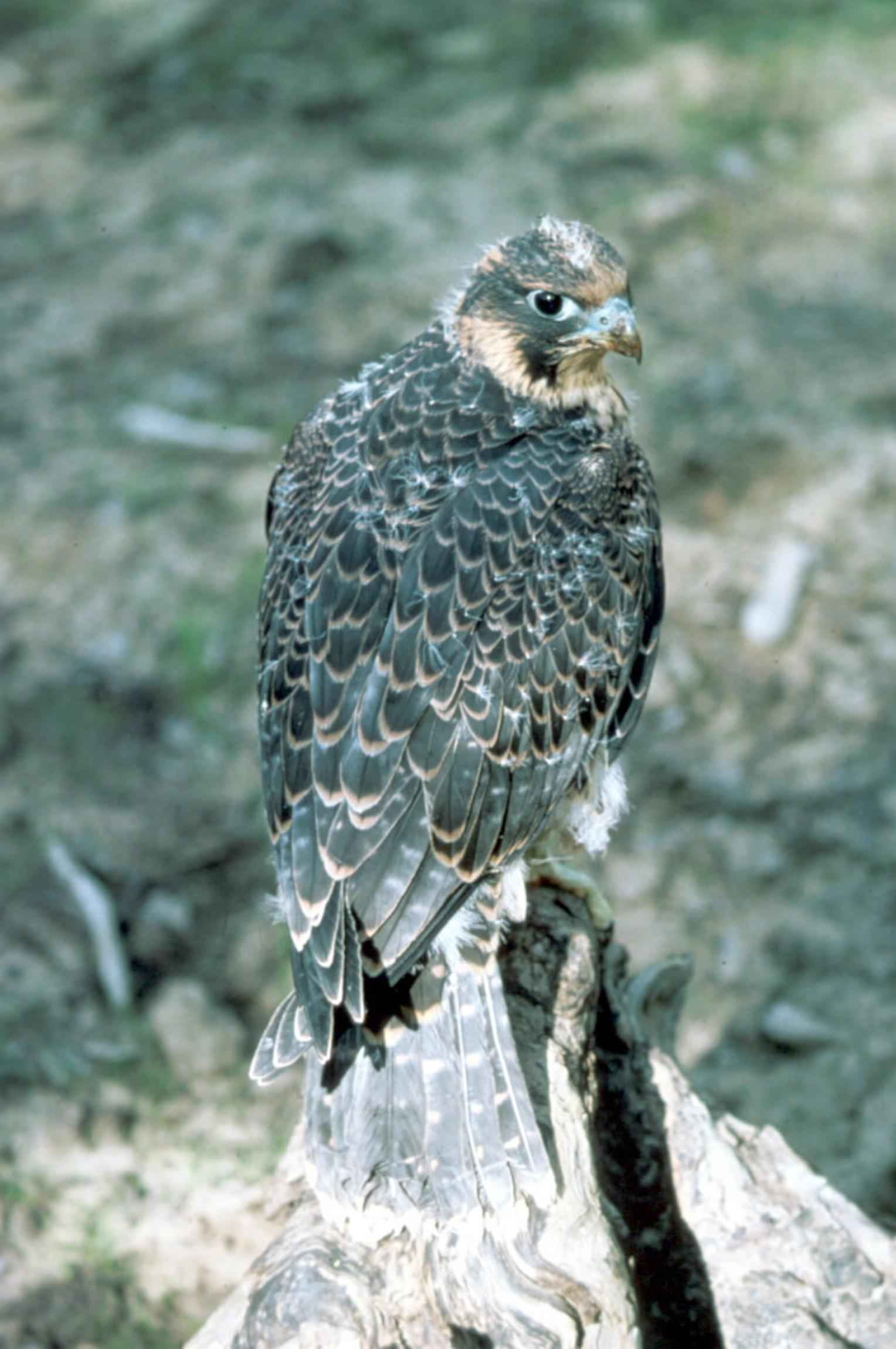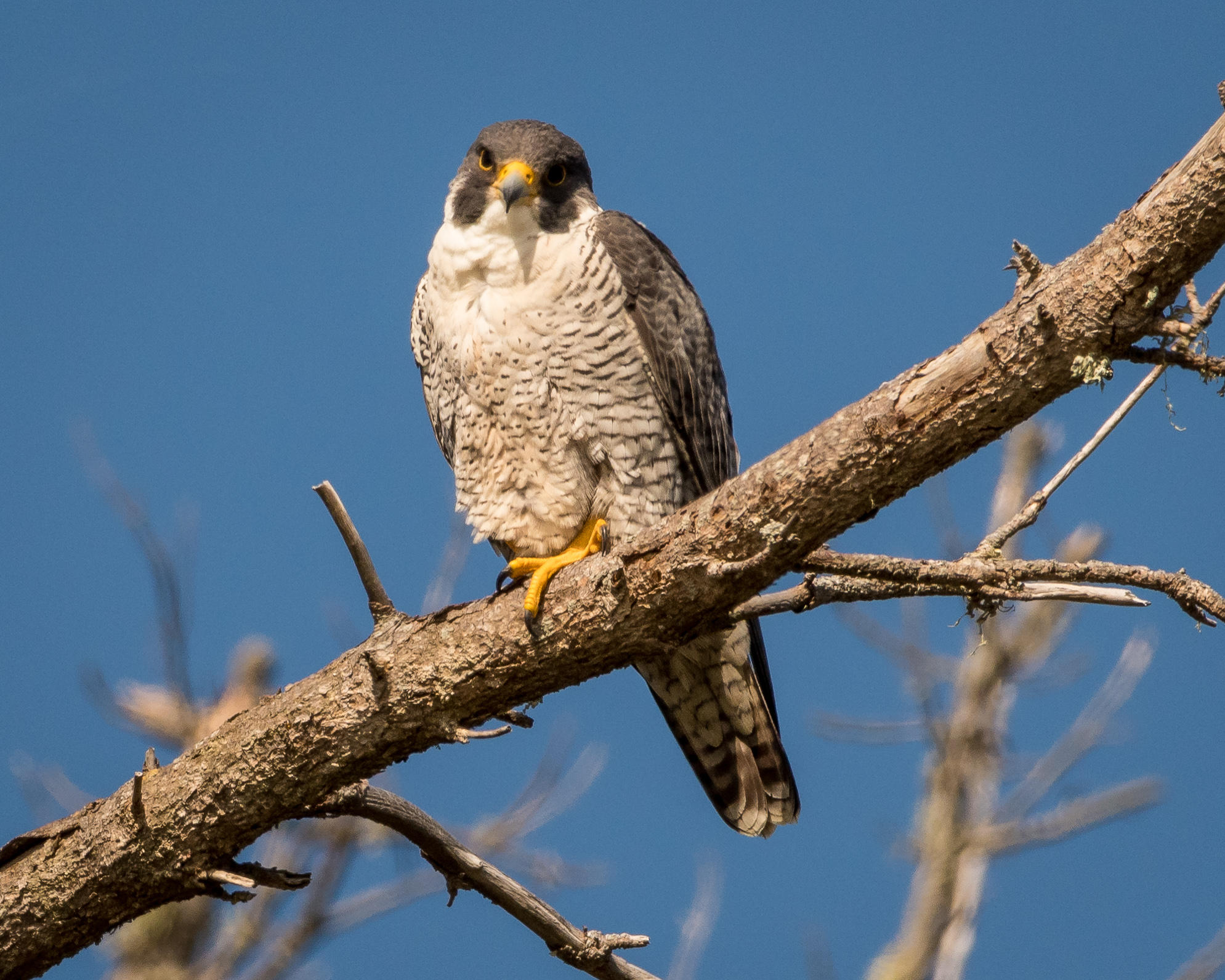


This generalist diet allows peregrines to exist wherever there are good mixed bird populations. The larger females take larger prey than males. Little of the kill is wasted - usually all that is left are the intestines and the breastbone with the feathered wings.įeral pigeons are favourite prey wherever they are freely available, though a wide range of birds are taken, ranging in size from goldcrest to woodpigeon. Sometimes, if a surprise attack is possible at lower speeds, it snatches prey from a perch or the ground. Despite its speed and agility, the peregrine is not always successful – many stoops fail to secure prey. A large, crow-sized falcon, it has a blue-grey back, barred white underparts, and a black head. The high-speed stoop means that the peregrine must catch its prey on the wing to avoid injuring itself on impact. The peregrine falcon (Falco peregrinus), also known simply as the peregrine, and historically as the duck hawk in North America, is a cosmopolitan bird of prey (raptor) in the family Falconidae. These virtuous animals never miss an opportunity and have a great eye for. Photos comparing this bird species with similar or confusing species, including. For Sale on 1stDibs - Falcons represent boldness, intuition, and independence.

To enable the bird to breathe at this speed, it has special baffles in its nostrils, which control breathing. Similar looking birds to Peregrine Falcon: Prairie Falcon Adult, Prairie Falcon Immature, Prairie Falcon Immature, Merlin Adult male (Taiga), Merlin Female/immature (Taiga), Gyrfalcon Adult gray morph, Gyrfalcon Immature gray morph. It spots the prey at distance and, once positioned correctly, it stoops at speeds of up to 180 kph for the catch. The peregrine feeds primarily on birds, which it catches in flight. Peregrine falcons are among the worlds most common birds of prey and live on all continents except Antarctica.


 0 kommentar(er)
0 kommentar(er)
